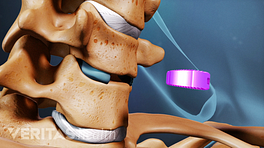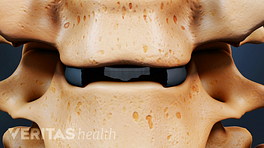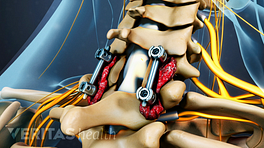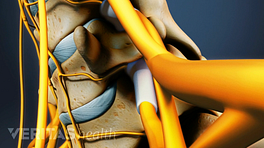Cervical spine surgery is generally performed on an elective basis to treat either:
- Nerve/spinal cord impingement (decompression surgery)
- Spinal instability (fusion surgery).
The two procedures are often combined, as a decompression may de-stabilize the spine and create the need for a fusion to add stability. Spinal instrumentation (such as a small plate) can also be used to help add stability to the spinal construct.
Cervical Spine Surgery Approaches
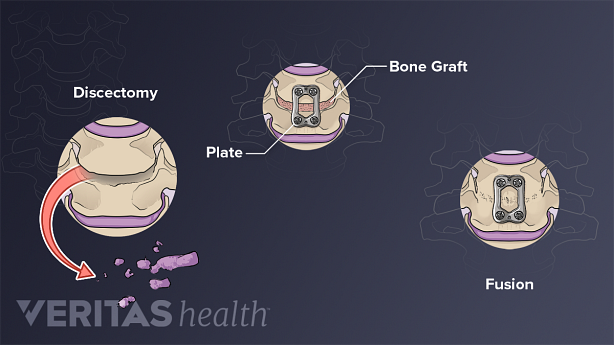
The cervical spine can either be approached from the front (anterior approach) or from the back (posterior approach). In general, where possible, most surgeons favor an anterior approach for most conditions.
An anterior approach results in less disruption of the normal musculature and is also easier to maintain the normal alignment of the spine.
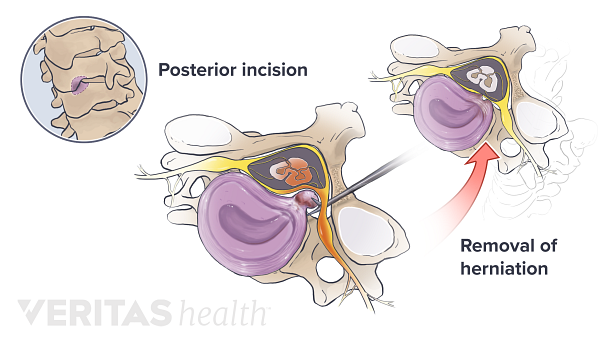
In This Article:
For example, many degenerative conditions of the spine cause a loss of the normal lordosis (gentle curvature of the spine); however, by opening up the front of the spine, this lordosis can be reestablished.
With that said, there are some conditions that do require a posterior approach or a combined anterior/posterior approach.
See Outpatient Posterior Cervical Foraminotomy and Discectomy

